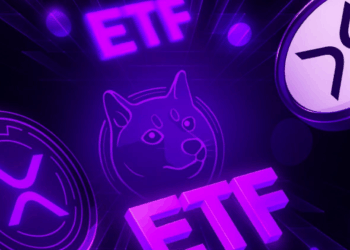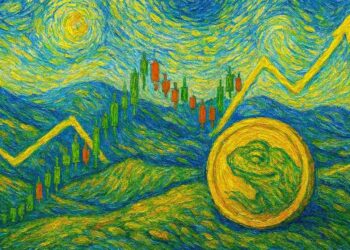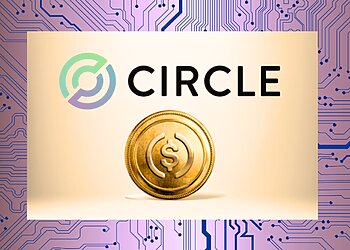Shiba Inu has reached a significant milestone as its community-led burn initiative hits a cumulative total of 1.31 billion SHIB tokens, according to updates shared by Shibizens on X. This figure represents the combined efforts of holders since the inception of the burn campaign, not just a single-day event.
Community-Led Burns Drive SHIB Scarcity
Unlike traditional token burns managed by developers or centralized teams, Shiba Inu’s burn movement is entirely grassroots. Supporters voluntarily send their SHIB tokens to a designated “dead” wallet, rendering them permanently inaccessible and effectively removing them from circulation.
The goal of this process is to reduce the token’s supply, potentially increasing its scarcity and long-term value. According to Shibburn, a leading burn tracker, approximately 30 million SHIB were destroyed in the past 24 hours alone. Over the past week, that number has climbed to around 243 million SHIB.
Despite these efforts, SHIB still has a massive circulating supply—over 589 trillion tokens remain active. This underscores the importance of continued community participation to make a meaningful impact on supply dynamics.
Burn Parties and Ecosystem Growth
To keep the momentum going, the SHIB community frequently hosts “burn parties” and social media campaigns to encourage more holders to contribute. These events are seen as a show of loyalty and a way to support the project’s long-term vision.
Meanwhile, the broader Shiba Inu ecosystem continues to expand. Developments like the Shibarium layer-2 network, metaverse integrations, and new payment partnerships are helping to build real-world utility and strengthen SHIB’s fundamentals.
This latest burn milestone is a testament to the dedication of the SHIB community. It highlights how decentralized, community-driven efforts can influence a token’s economic model without relying on centralized control.
As of now, SHIB is trading around $0.000017, down about 1.5% in the past 24 hours. Still, many in the community view these burn efforts as part of a long-term strategy to create a more sustainable and valuable ecosystem.










